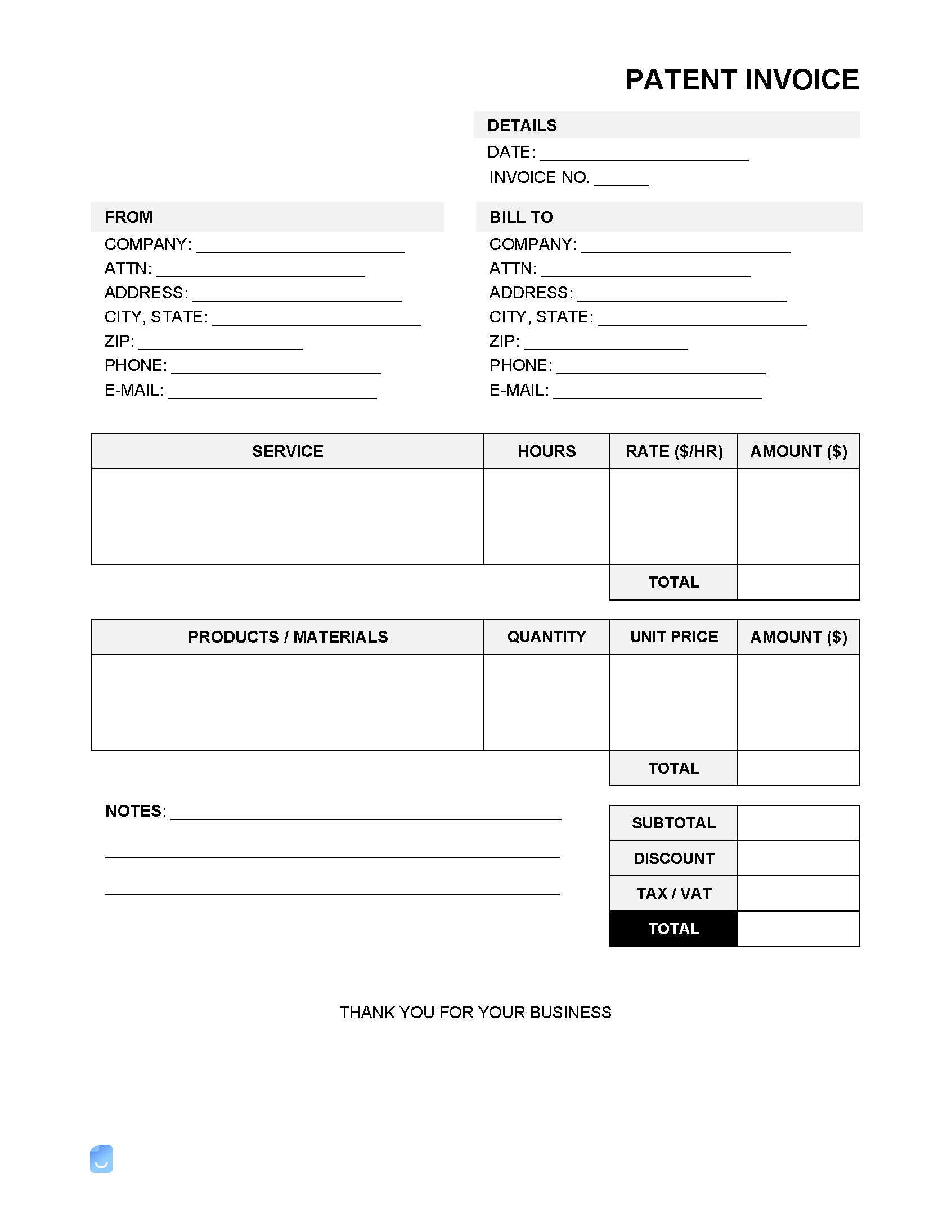What is a Patent?
A patent is a protected invention that can be one of three things: a utility (new, useful, and non-obvious), design (to manufacture), or a plant (asexually reproduces a new living plant). In exchange for disclosing an idea to the public, under a patent, the inventor can claim the sole right to produce and sell it as a product for a limited amount of time. A patent can also be an improvement to an already-existing product. A patent can be any of the following:
- Composition of Matter – Plants fall under this category.
- Article of Manufacture – Something that is made by hand or a machine. When an idea is created into a product and functions, it then becomes an article of manufacture.
- Machine – An example of a patented machine would be a dishwasher.
- Process – Creating a new method of operation – quite common in business strategy.
A patent can NOT be any of the following:
- Ideas not yet put into action (abstract ideas)
- Laws of Nature
- Physical Phenomena
- Artistic works (however, they can be copyrighted)
How to Patent an Idea
Patenting an idea is tricky for two reasons. First, the inventor must search to see that the idea hasn’t already been patented (which is no easy task). Second, the inventor must get approval to go forth with the patent; not all ideas and inventions can be patented. The United States Patent and Trademark Office (USPTO) is responsible (in the US) for granting patents to inventors and their businesses.
Step 1 – Is the Idea/Invention Patentable?
Before spending a lot of money on creating a product, it’s best to perform a search to see if the patent already exists. You will not be able to get a patent if the disclosure currently exists. It takes someone with extensive experience to perform a patent search, as patents have to be searched both domestically and internationally. It’s recommended to hire a USPTO approved attorney to help with this task. If the invention has potential for upside, you may find an attorney that will work pro bono (without charge).
Step 2 – Patent Type
You’ll need to classify your patent into one of the following categories: Utility; Design; or a Plant. Chances are, your patent will fall under as a Utility, as the majority of patents are applied for as utilities.
Step 3 – Prepare Application
Unless you are fully aware of all the patent laws, hiring a patent attorney or agent is highly recommended. As seen in the cost section below, filing for a patent is not cheap. Considering it will already cost a few thousand dollars to apply, paying a bit more for a patent attorney is worth it. When you are ready to apply, file online.
How Long is a Patent Good For?
From the date of the issue (not the filing date as many people think), a patent is good for twenty (20) years. There are three (3) sets of maintenance fees that must be paid during the course of this time in order to keep the patent. They are spaced at the 3.5, 7.5, and 11.5-year marks (with a six month grace period included).
How Much Does a Patent Cost?
Patents aren’t cheap. Even after one creates a patent, there are still fees in the years ahead that need to be paid which are used to maintain the patent in good standing. The costs to create and maintain a patent (for utility patents only) are below:
- Filing Fee – $300
- Search Fee – $660
- Examination Fee – $760
- Issue Fee – $1,000
- Due at 3.5 years – $1,600
- Due at 7.5 years – $3,600
- Due at 11.5 years – $7,400
For a full list of fees, see USPTO Fee Schedule.
